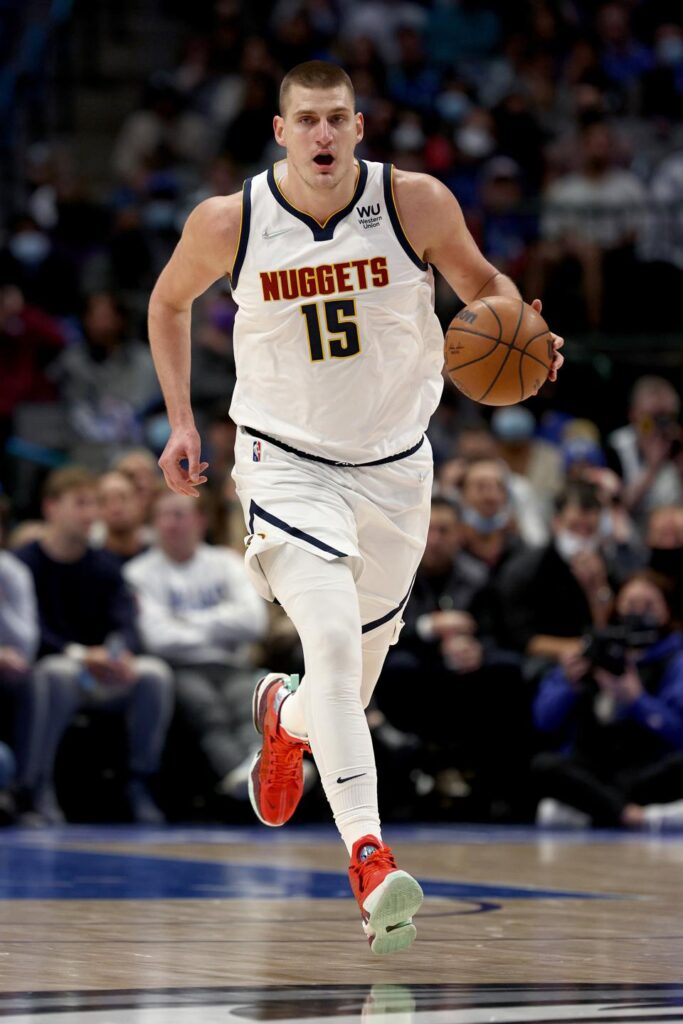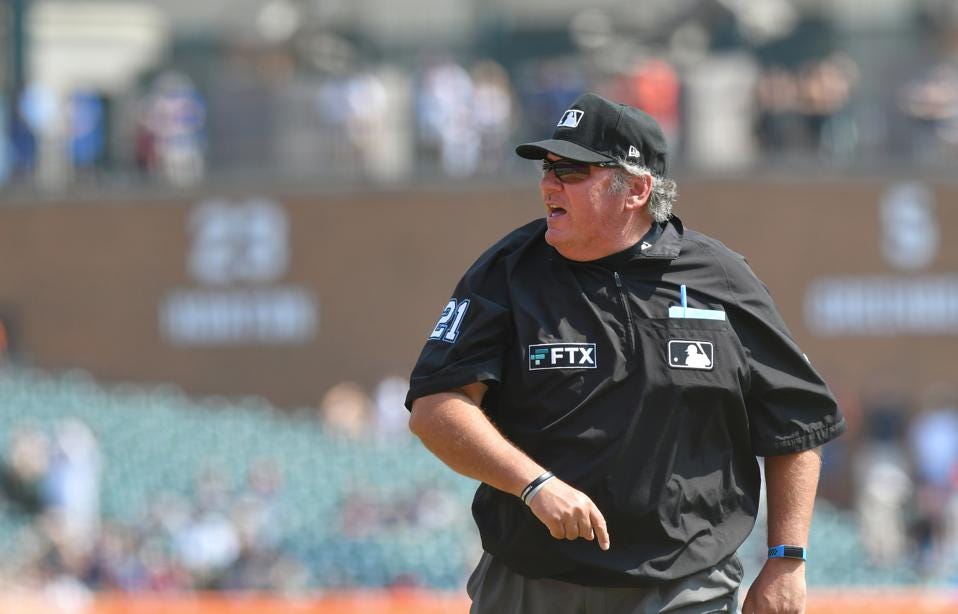Sale Of Phoenix Suns Proves That Small Market NBA Teams Will Spike In Value.
Written by: Leonard Armato for Forbes.com
Written by: Leonard Armato for Forbes.com
The sale of the Phoenix Suns sent shock waves through the sports world when Robert Sarver agreed to sell the team to Mat Ishbia for $4 billion. When the sale closes it will be the largest purchase in NBA history. Sarver had purchased the Suns for $401M in 2004. That is a pretty nice return on investment.

The Brooklyn Nets sold in 2019 for $3.3 billion and Steve Ballmer bought the Los Angeles Clippers for $2 billion back in 2014. While both these transactions involved teams in large markets, the sale of the small market Suns have eclipsed both of these sales by a large margin. which is contrary to past sales where small market teams were value at significantly less the their counterparts in large markets.

The reason that this sale is such good news for the future valuations of NBA small market teams like Phoenix is that the price of teams can only be attributable to one thing: projected future revenues. Here is a breakdown of how money is distributed in the NBA and why the small markets will experience a disproportionate growth in their valuations.
The general rule of the NBA is that all revenue outside of a 90 mile radius surrounding the location of each team is controlled and exploited by the league. This includes media and IP rights for all NBA teams. These revenues are distributed equally to each NBA team without regard to the size of the market. While it is left to the NBA to exploit these national and international rights, the teams are free to make deals in their local markets and this is where the big markets have the advantage.
Historically the teams in these large markets, like the Lakers and Knicks, would enjoy exponentially greater revenues than their small market counterparts from sources such as ticket sales, and local sponsorship and media rights. Even when combined with the revenue contributed by the NBA, the result was a huge difference in total revenue, and in turn, franchise value, with large market teams worth significantly more than those in small markets However, the recent sale of the Phoenix Suns for $4Billion may be a sign that that percentage of the valuation gap will decrease significantly in the future.
While the big city teams still will be able to extract more revenue from their larger more affluent markets, Adam Silver, and his team at the NBA, have either created or identified many new sources of revenue at the national and international level resulting in NBA proceeds increasing dramatically with no end in sight. And small market teams like Phoenix are entitled to their equal share of those proceeds.
Historically, the NBA revenues came from limited sources: media, sponsorship and licensing. In 2001 the total revenues at the league level were roughly $2 billion per year. Last year Adam Silver announced that the NBA had eclipsed $10 billion in revenues. There are a number of reasons for this dramatic increase in revenue and a good indication that this growth will only continue at a rapid pace.

The primary reasons are the growth of international markets and new forms of consumer engagement and monetization. Regarding international, the NBA has enjoyed explosive growth in revenues from the distribution of international media, sponsorship, licensing and merchandising. NBA “League Pass”, a DTC media offering, has been fueled not only by current stars like LeBron James and Stephen Curry, but by internationally popular players such as Luca Doncik and Nicola Jokic. Also, NBA teams can now sell patches on uniforms which are visible throughout the world due to their international broadcast deals, spawning investment from international companies looking to reach their audiences outside the USA that are fans of the NBA.

Another source of revenue growth for the NBA will be in its domestic media rights deal which expires at the end of the 2024/25 season where they are reportedly seeking $75 billion from domestic broadcasters alone. This deal will be offered to the traditional players like Disney/ESPN and Turner, but there are new kids on the block like AmazonAMZN -0.9%, Apple and GoogleGOOG -1.5% , all of whom have all have expressed interest in these rights. These tech giants have huge market caps and a lots of dry powder to throw at a prize property like the NBA and will likely drive up the price. We have already seen this play out a bit in the NFT’s media negotiations. Also a component of that media deal will likely include a smorgasbord of direct to consumer (DTC) offerings which may be more appealing to younger audiences with a shorter attention span. Many of those younger NBA fans often interact with the league via highlights, social media and gaming rather than watching live games. The NBA media deal of the future may solve that problem through some form of micro transaction perhaps even facilitated by blockchain technology.
Moreover, the NBA has been working diligently on engaging fans in every way possible to increases their affinity for the NBA and extract more money from them. That includes AR/VR, alternative broadcast streams, and more interactive elements where the NBA can charge fans directly or monetize these new forms of engagement through sponsorship. Digital collectables in the form of NBA Top Shots was all the rage generating more than $1 billion in revenue (although that market has cooled a bit). And finally, the league is looking to gambling as the holy grail of new revenue with the NBA feeding betting odds to fans throughout the game to stimulate their interest in wagering and facilitating it through the NBA app capable.
All of this new or increased revenue will be shared equally among the teams in small as well as large NBA markets. This augurs well for the future value of all league franchises and bodes even better for the small market teams that will realize an equal share of the most powerful growth engine of future revenue.










